A Love so Rare, It’s Endangered
Posted on February 13, 2025 by Brianna Anzaldua
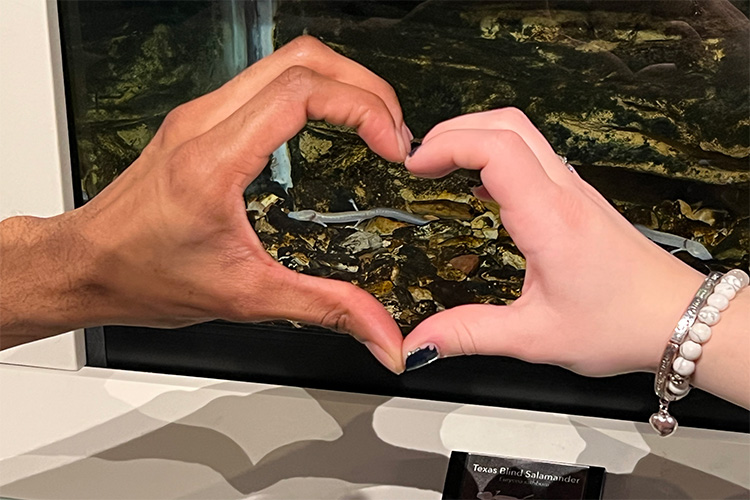
As Valentine’s Day approaches, love is in the air, and here at the Edwards Aquifer Authority Education Outreach Center (EOC), we’re celebrating a different kind of love, a love for the amazing creatures that call the Edwards Aquifer home! This February, we invite families to dive into the wonders of our Threatened and Endangered Species Aquarium and learn about the rare and fascinating species that need our love and protection.
The Edwards Aquifer isn’t just a vital water source; it’s a lifeline for some of the most unique and endangered species in the world. At the EOC, free and open to the public, you can meet these extraordinary creatures up close, including the Texas blind salamander and the Fountain darter, stars of our endangered species tanks.
Meet the Texas Blind Salamander
The Texas blind salamander is an extraordinary example of how life adapts to the dark, underground world of the aquifer. Found only in the Edwards Aquifer, this translucent salamander has no eyes but uses its keen sense of water pressure to navigate and hunt tiny prey. With its red gills and delicate features, this tiny treasure reminds us that life can flourish even in the darkest places.
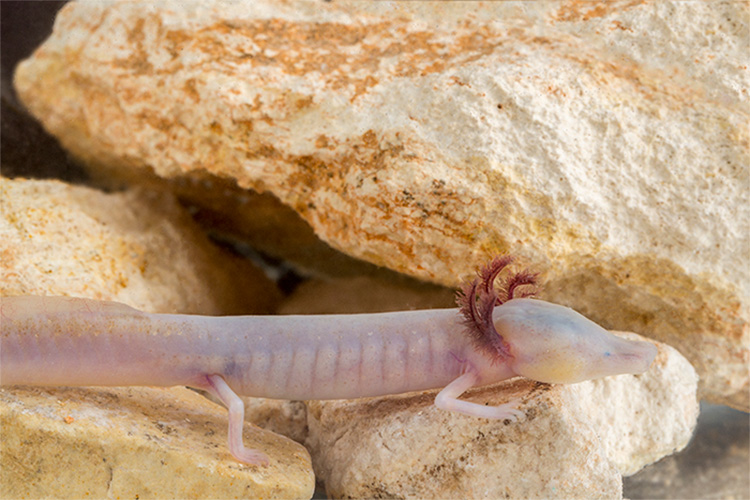
Get to Know the Fountain Darter
The Fountain darter is another aquatic gem, found only in the Comal and San Marcos Springs. This tiny fish relies on crystal-clear water and lush aquatic vegetation to survive. Its darting movements and vibrant coloring make it a joy to watch in our tanks. You could say it’s the “heartthrob” of the aquifer, darting its way into our hearts!
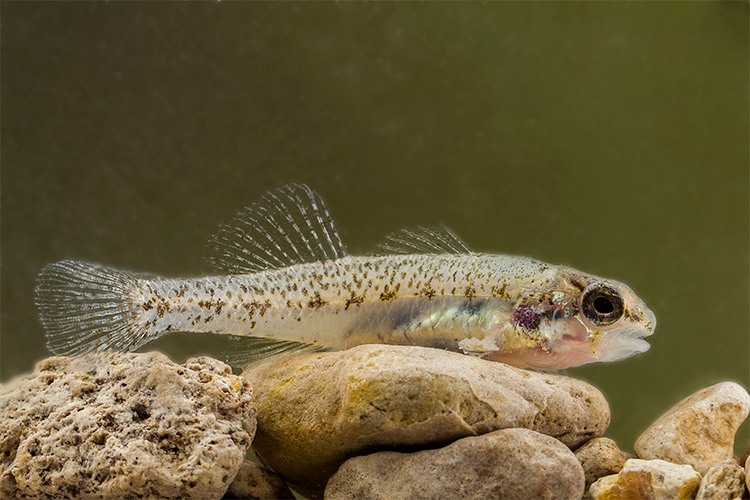
Endangered Species of the Edwards Aquifer
The Edwards Aquifer is home to seven endangered species, each playing a critical role in the ecosystem.
- Fountain darter (Etheostoma fonticola)
- Texas blind salamander (Eurycea rathbuni)
- San Marcos gambusia (Gambusia georgei)
- Texas wild-rice (Zizania texana)
- Comal Springs riffle beetle (Heterelmis comalensis)
- Comal Springs dryopid beetle (Stygoparnus comalensis)
- Peck’s cave amphipod (Stygobromus pecki)
At the EOC, you can view two of these rare species—the Texas blind salamander and the Fountain darter. These species are carefully maintained in tanks that replicate their natural habitat, allowing visitors a rare opportunity to observe them up close.
Exploring Native vs. Non-Native Species
Did you know that some of the species you’ve seen in rivers and streams might not belong there? Our aquariums at the EOC highlight the differences between native and non-native species. The native tank showcases fish like the Guadalupe darter and Texas logperch, species that have evolved to thrive in the Edwards Aquifer’s unique ecosystem. In contrast, the non-native tank features species like the Goldfish and Mexican Tetra. While goldfish may seem harmless, they can disrupt native ecosystems by competing for food and altering habitats.
This side-by-side comparison helps visitors understand the impact of non-native species and why it’s essential to protect native habitats. By learning the difference, we can all take steps to reduce the introduction of non-native species and preserve the balance of our ecosystems.
How You Can Help
Loving the aquifer means protecting it for future generations. Simple actions like conserving water, properly disposing of waste, and supporting local conservation programs can make a big difference. When you visit the EOC, you’ll leave inspired to take part in preserving these rare species and the aquifer they call home.
This Valentine’s Day, show some love for the Edwards Aquifer and its incredible inhabitants. Plan your visit to our center, free and open to the public, and fall in love with the rare and wonderful species that make this region so special. Together, we can ensure their survival and share their story for generations to come. After all, love for the aquifer is a love that keeps on flowing!
Free Field Trips and Family Fun
The EOC is free and open to the public, making it the perfect destination for families and school groups. We also offer free field trips that provide an educational and engaging way to explore the aquifer’s ecosystem and its endangered species. Valentine’s Day is the perfect time to share your love of conservation and inspire the next generation of environmental stewards.
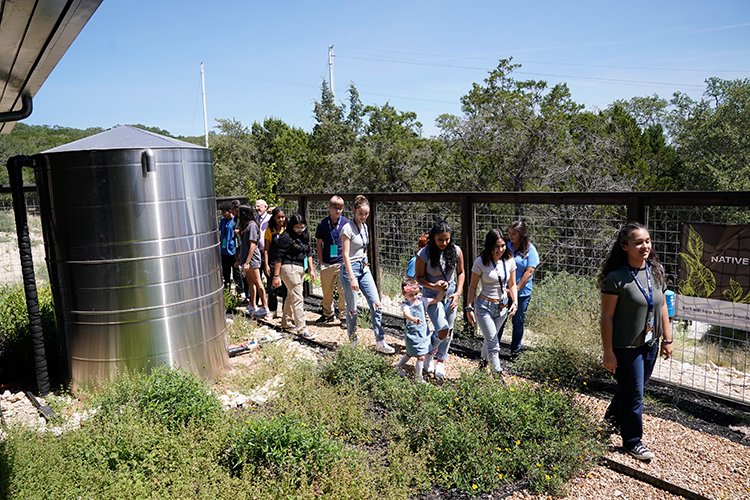
Plan Your Visit
The EOC, located on the Edwards Aquifer Recharge Zone at 23400 Cibolo Vista, San Antonio, TX 78261, is open Monday through Friday from 8 AM to 5 PM. This unique location offers visitors the opportunity to explore and learn directly on the recharge zone of the aquifer. This makes it a convenient and accessible destination for free educational field trips in San Antonio. It is ADA-accessible, free, and open to the public, making it the perfect destination for families, school groups, and individuals alike. With its mission to manage, enhance, and protect the Edwards Aquifer, the EAA is dedicated to educating the community about this precious resource. Through interactive exhibits, engaging school programs, and customizable tours, the EAAEOC makes learning accessible and fun.
Whether you’re looking for an educational field trip, a self-guided adventure, or a unique way to learn about Texas’ natural resources, the EAAEOC has you covered. Visit eaaeoc.org to schedule your free educational trip to the Edwards Aquifer Authority Education Outreach Center today and make 2025 a year of discovery and learning!
More Posts
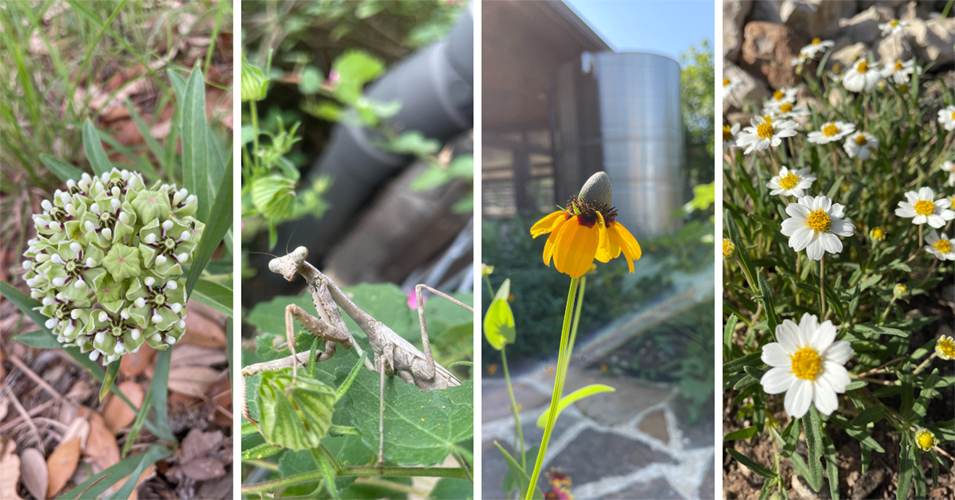
From Lens to Landscape: Tips for Our Rooted in Saving Water Photo Contest
June marks the official start of summer – and one of the most fascinating astronomical events of the year: the summer solstice. This annual milestone happens when Earth’s tilt is at its maximum toward the sun, giving the Northern Hemisphere its longest day and shortest night of the year. This year, the summer solstice arrives on June 20th at 3:50 p.m. CDT.
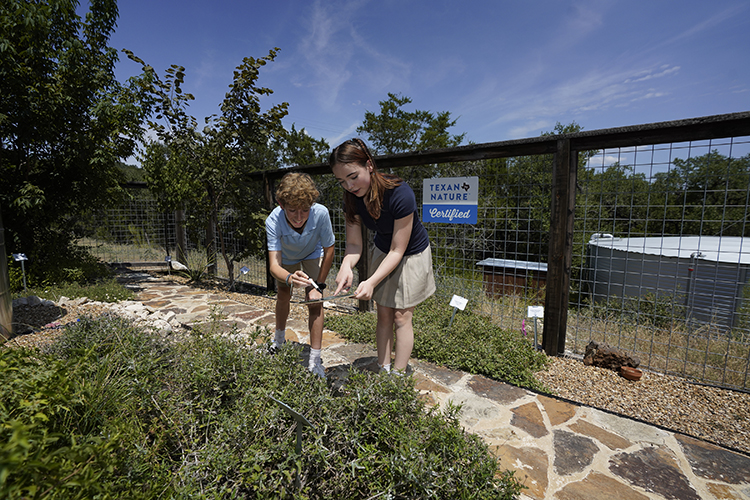
Texas Native Plant Week
Every October, Texans take a moment to celebrate the plants that have been thriving here long before fences, freeways, and flower beds. Texas Native Plant Week is more than just a nod to the beauty of bluebonnets and the resilience of prickly pear cactus; it's a...

0 Comments